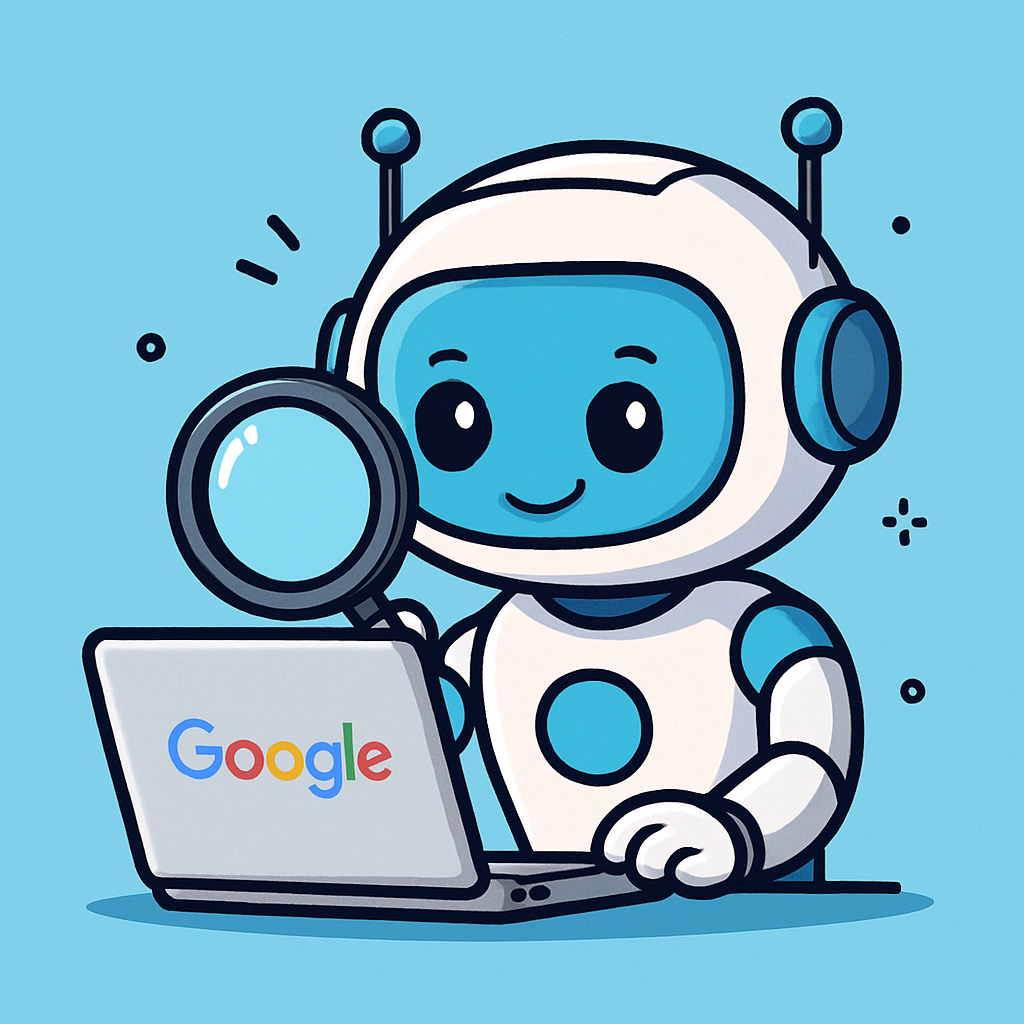 In today's digital world, searching for information online is a common activity. You may have used search engines such as Google to gather facts for your homework, perhaps about animals, historical events, or scientific concepts. Alternatively, you might have interacted with an artificial intelligence (AI) tool, like ChatGPT, to ask questions and receive responses.
In today's digital world, searching for information online is a common activity. You may have used search engines such as Google to gather facts for your homework, perhaps about animals, historical events, or scientific concepts. Alternatively, you might have interacted with an artificial intelligence (AI) tool, like ChatGPT, to ask questions and receive responses.
This lesson will explore how AI is transforming the way we conduct web searches. We will compare traditional search engines with AI-powered tools and discuss the appropriate situations for using each.
To begin, let us reflect on your personal experiences with online searching. Please take a few moments to note down your thoughts in a notebook or on a piece of paper. Consider the following questions:
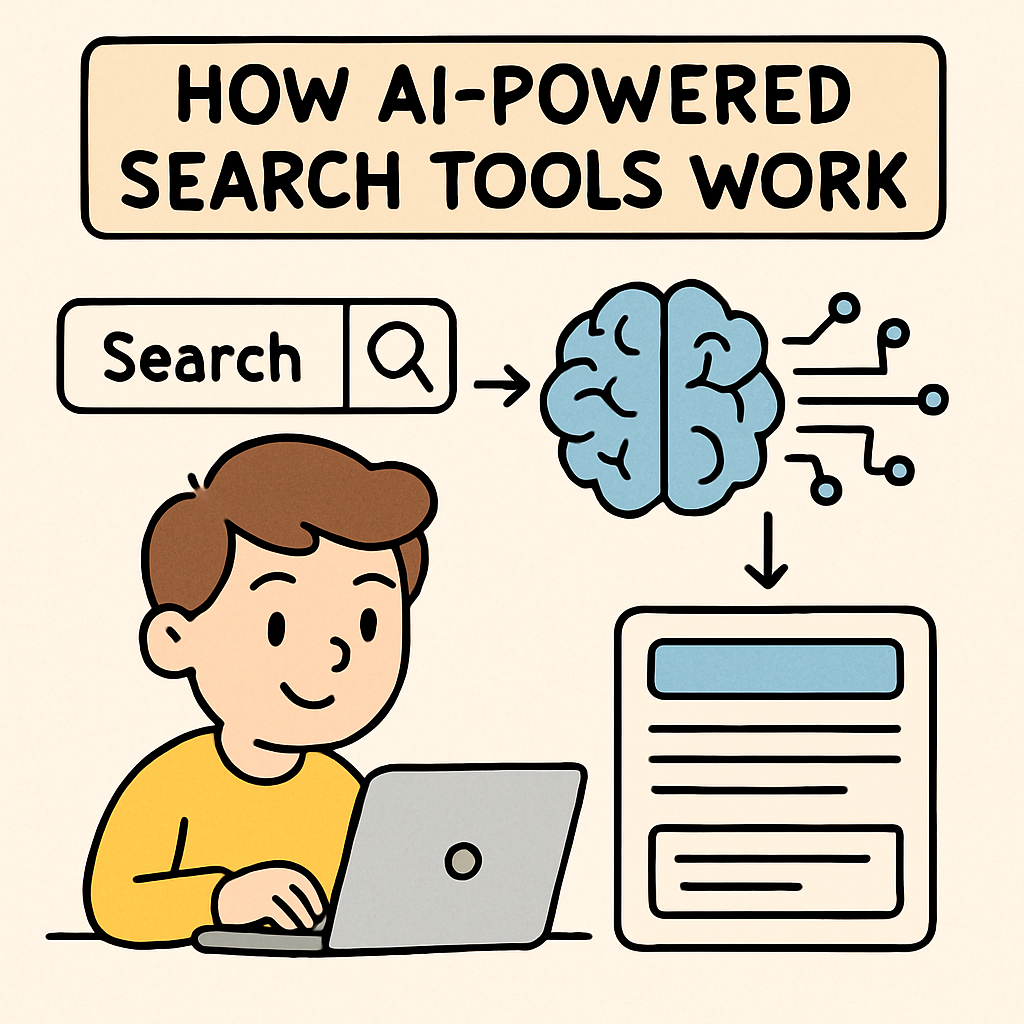 Traditional search engines, such as Google, function by indexing billions of web pages and presenting links that correspond to the keywords in your query. In contrast, AI-powered search tools employ artificial intelligence to comprehend the intent behind your question and deliver a direct, synthesised response.
Traditional search engines, such as Google, function by indexing billions of web pages and presenting links that correspond to the keywords in your query. In contrast, AI-powered search tools employ artificial intelligence to comprehend the intent behind your question and deliver a direct, synthesised response.
Consider the query: "How does a volcano erupt?"
A traditional search engine would usually show a list of websites with articles, videos, or encyclopedia entries that explain the process of a volcanic eruption. You would need to click on a link and read through the content to find your answer.
An AI-powered tool, on the other hand, would analyse the question, use its training data, and instantly provide a direct response, such as:
"A volcano erupts when pressure from gases and molten rock builds up beneath the Earth's surface, eventually forcing magma through openings, creating lava flows and ash clouds."
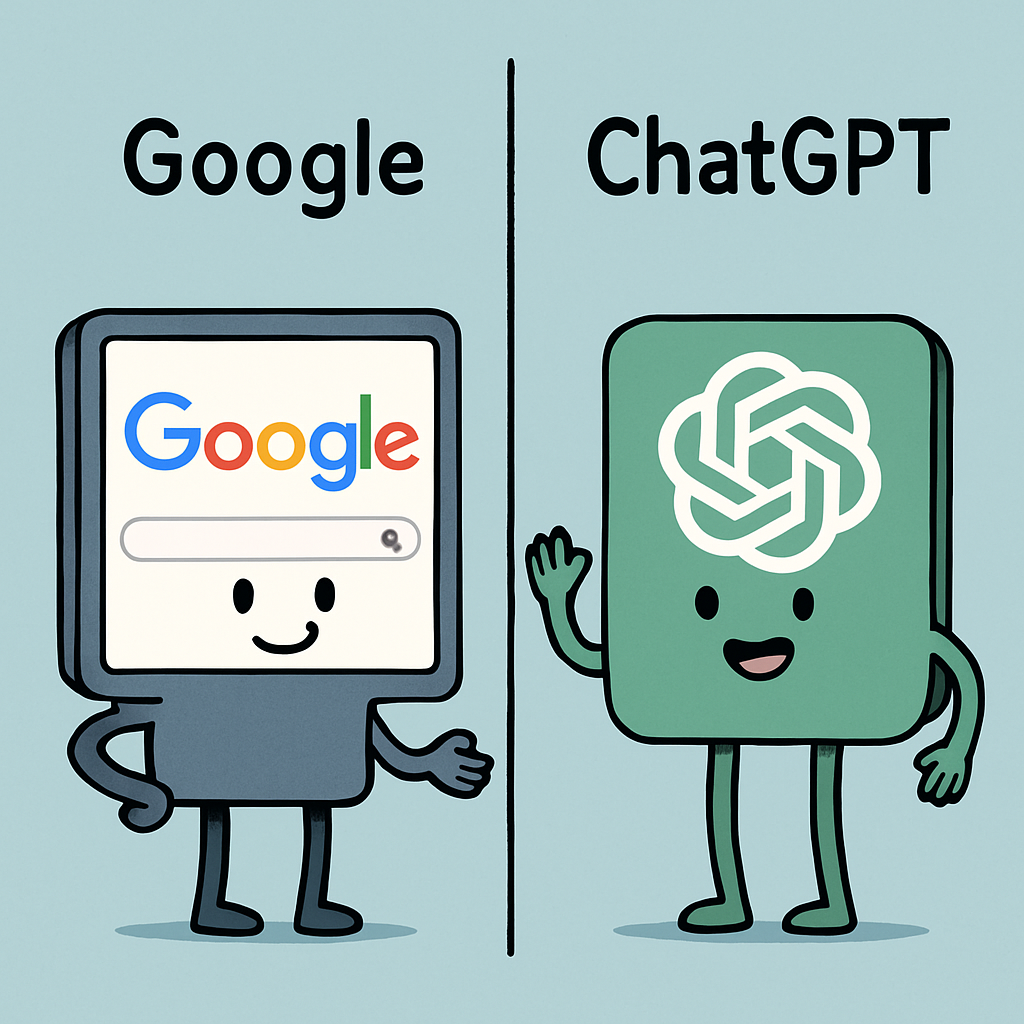
In this section, we shall examine the distinctions between traditional search engines, such as Google or Bing, and AI-assisted search tools. Understanding these differences will enable you to select the most appropriate method for your information needs.
Traditional search engines operate by matching your query to indexed web pages and presenting a list of relevant links.
Advantages:
Disadvantages:
AI-assisted tools utilise artificial intelligence to interpret your query and generate synthesised responses based on trained data.
Advantages:
Disadvantages:
It is essential to choose the right tool based on your purpose. Employ traditional search engines for in-depth research requiring credible sources, such as school projects or essays. Opt for AI-assisted tools when seeking rapid explanations, idea generation, or summaries of general knowledge. By combining both approaches, you can achieve more effective and reliable results.
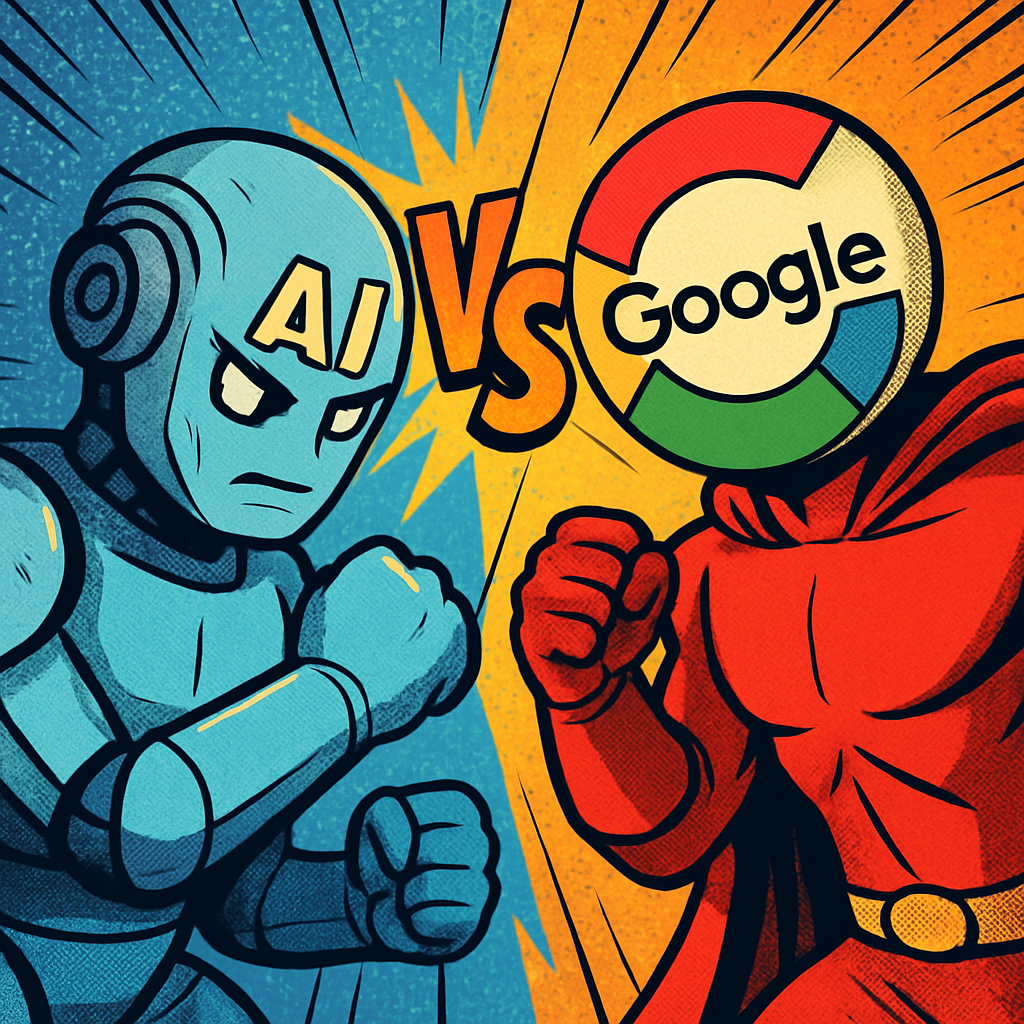 Now that you understand the strengths of AI tools and traditional search engines, let's put your decision-making skills to the test with a challenge activity. This will help you think critically about when to use each tool in real-life situations.
Now that you understand the strengths of AI tools and traditional search engines, let's put your decision-making skills to the test with a challenge activity. This will help you think critically about when to use each tool in real-life situations.Below are several scenarios involving common online questions. For each one, decide whether you would use an AI tool (like ChatGPT or Perplexity) or a traditional search engine (like Google). Think about the purpose of your search—do you need creativity, speed, recent news, or links to reliable sources?
Decide for each: AI Tool or Search Engine? Write your answers in your notebook and explain your choice briefly for each one.
When you're ready, click the button below to reveal suggestions for each scenario.
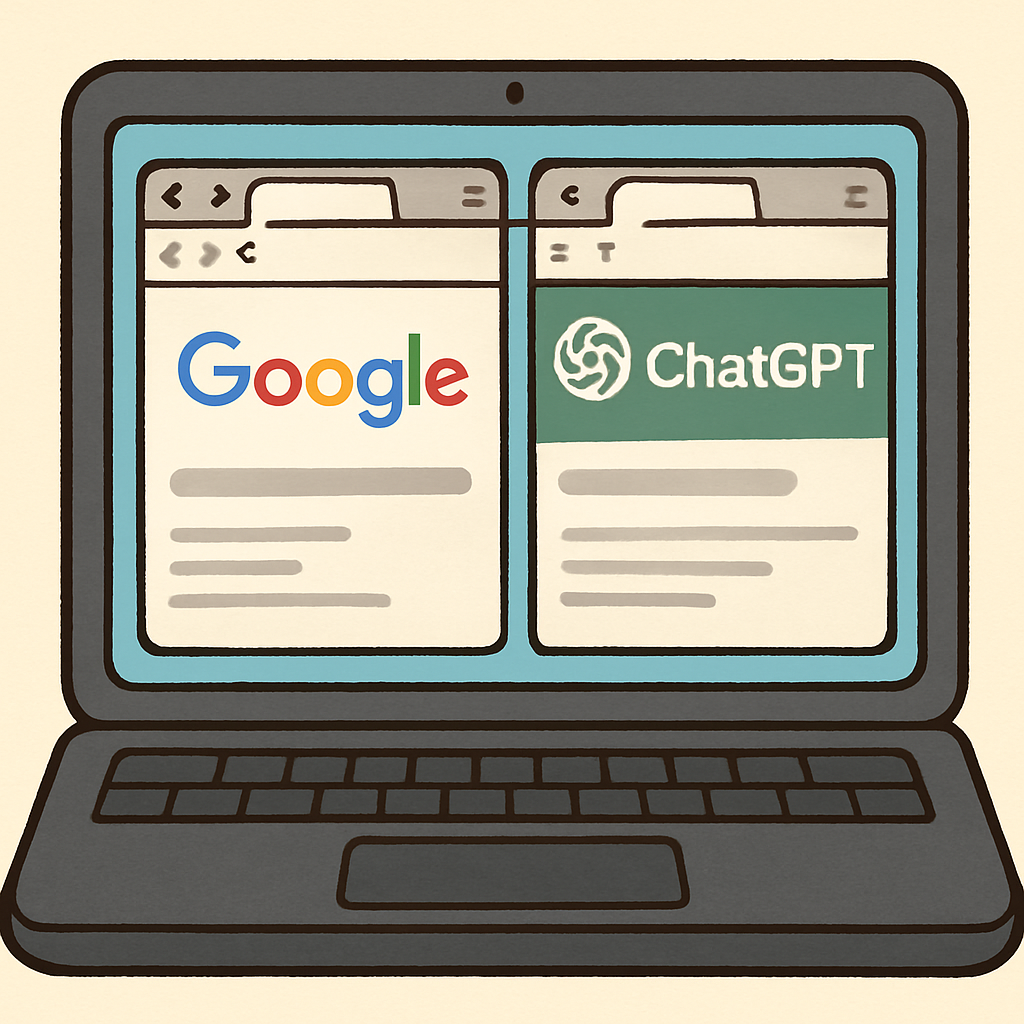
In this activity, you will conduct a practical comparison between a traditional search engine and an AI-powered search tool. This will help you understand their differences in a hands-on manner. You will require internet access. Please open two browser tabs: one for Google (Google) and one for an AI tool such as Perplexity (Perplexity) or ChatGPT (ChatGPT).
Follow these steps carefully. Allocate approximately 10-15 minutes for this activity. Use a notebook or a piece of paper to record your observations.